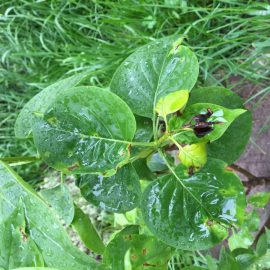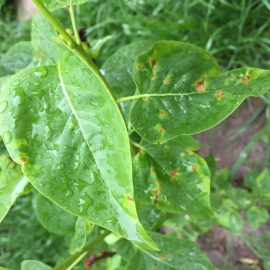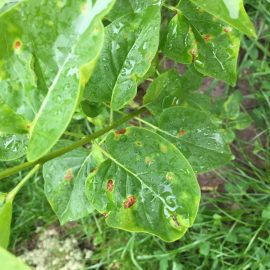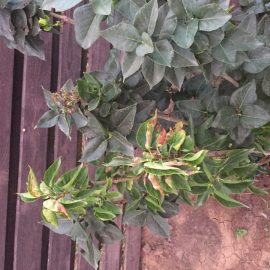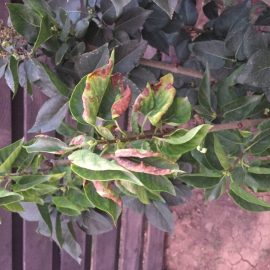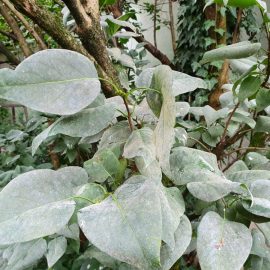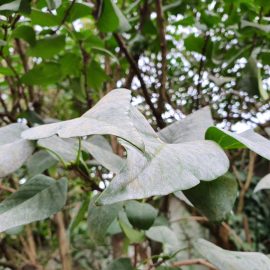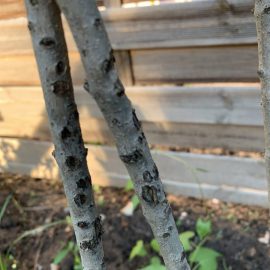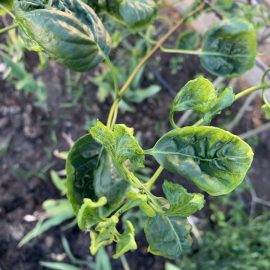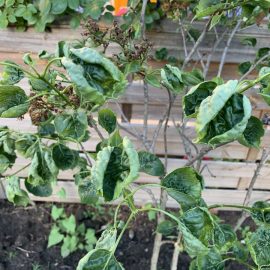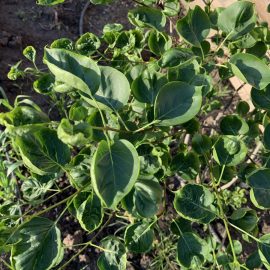Lilac, planting guide and care work
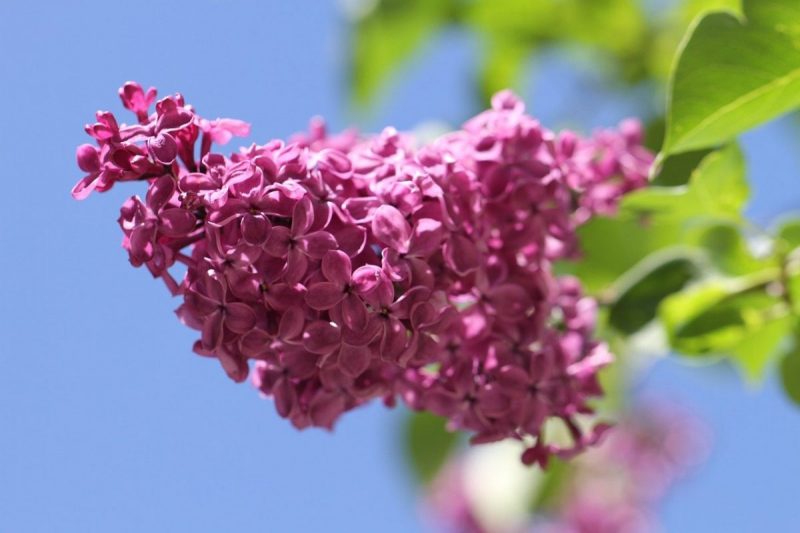
The common lilac (Syringa vulgaris) is a species of flowering shrub in the Oleaceae family, native to the hilly area of the Balkan Peninsula. Over 800 varieties of lilacs can be found in crops, with variously colored inflorescences.
It grows as a tall shrub or multi-stemmed dwarf tree, up to 6-7 m tall. The bark is gray, smooth on the young branches, and it exfoliates on the old branches. The leaves are simple, cordiform, light green, or blue. They are arranged in opposite pairs or in spirals. It blooms in April-May, forming tubular, pale purple flowers. They grow clustered in dense panicles, 8-13 cm long. The fruits are dry, dehiscent capsules, which release two winged seeds. It produces many root suckers.
The lilac is one of the most common decorative flowering shrubs, used in parks, gardens, or at the edge of tree rows. They can be planted as isolated specimens or in groups.
The name of the species comes from Latin, “vulgaris” referring to a common, widespread plant.
Species and varieties
The species Syringa vulgaris includes several cultivars:
- with simple flowers: ‘Jan van Tol’ (white flowers), ‘Marechal Foch’ (pink-purple flowers), ‘Pasteur’ (dark-purple flowers),‘Marengo’ (lilac colored flowers), ‘Primrose’ (yellow flowers).
- with double flowers: ‘Mme Lemoine’ (white flowers), ‘Charles Joly’ (dark purple-blood-colored flowers), ‘Katherine Havemeyer’ (purple-blue flowers), ‘Leon Gambetta’ (purple flowers).
Syringa josikaea – Transylvanian lilac, Hungarian lilac- is a native species, growing up to 4 m tall. It forms thick, vertical branches and pubescent tendrils that have a terminal bud. The leaves are elliptical and have a glaucescent underside. It blooms from April to June. The flowers are tubular, dark purple, clustered in narrow panicles.
Syringa reflexa – a species native to China, it grows as a shrub, 3-4 m tall, with a wide crown and irregular branches. The leaves have an oblong or lanceolate shape, with a gray, pubescent underside. It blooms in June, developing narrow, cylindrical, pendant panicles. The flowers are tubular, open very little, and have a dark pink / white color inside.
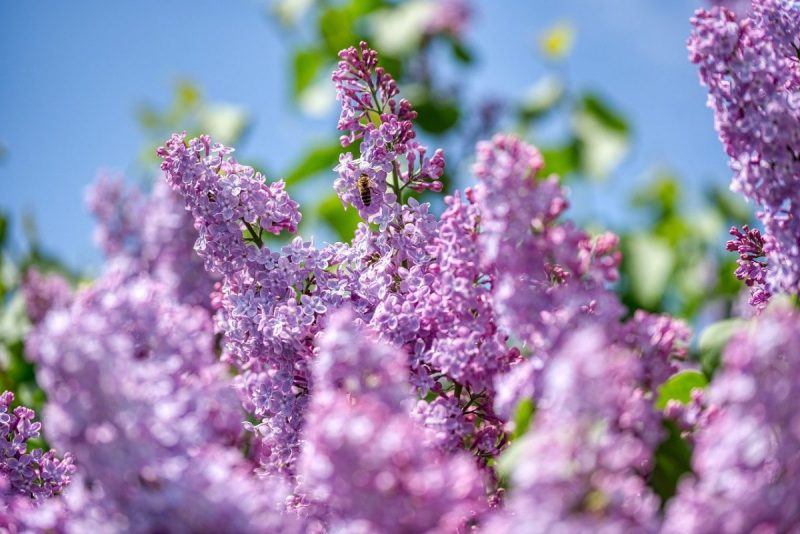
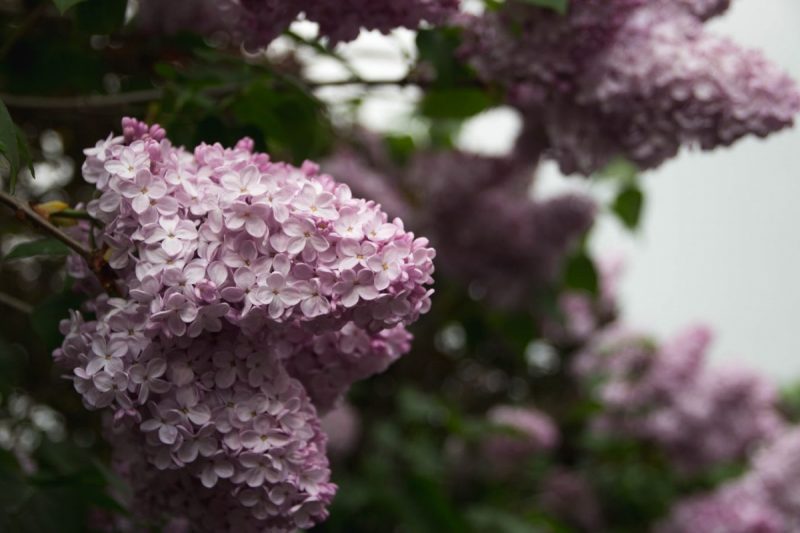

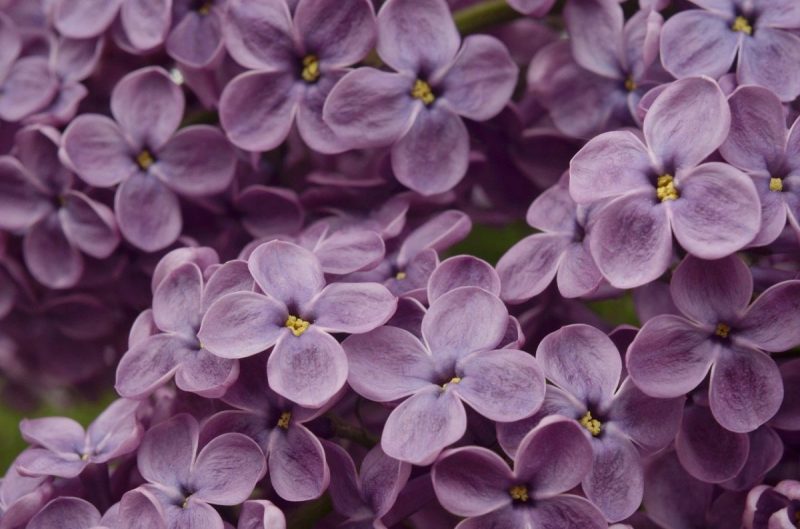
Environmental conditions
Light. It prefers sunny places in order to bloom abundantly.
Temperature. Although some species are native, the lilac prefers milder temperatures and can be affected by frost.
Soil. It grows in fertile soil and can withstand limestone.
Watering
Watering should be done regularly so that the soil is maintained moist.
Fertilization
In order to stimulate the rich growth and flowering, a fertilizer for flowering plants can be administered during the vegetative growth period.
Recommended products
-
You can find products on a different store
Change Store -
You can find products on a different store
Change Store -
You can find products on a different store
Change Store -
You can find products on a different store
Change Store -
You can find products on a different store
Change Store -
You can find products on a different store
Change Store -
You can find products on a different store
Change Store -
You can find products on a different store
Change Store -
You can find products on a different store
Change Store -
You can find products on a different store
Change Store -
You can find products on a different store
Change Store -
You can find products on a different store
Change Store -
You can find products on a different store
Change Store -
You can find products on a different store
Change Store -
You can find products on a different store
Change Store -
You can find products on a different store
Change Store -
You can find products on a different store
Change Store -
You can find products on a different store
Change Store -
You can find products on a different store
Change Store -
You can find products on a different store
Change Store -
You can find products on a different store
Change Store -
You can find products on a different store
Change Store -
You can find products on a different store
Change Store -
You can find products on a different store
Change Store
Pruning
It can easily withstand shape correction cuts. Also, the root suckers that start from the base of the plant should be regularly cut; otherwise, the shrub becomes self-sown.
Recommended products
-
You can find products on a different store
Change Store -
You can find products on a different store
Change Store -
You can find products on a different store
Change Store -
You can find products on a different store
Change Store -
You can find products on a different store
Change Store -
You can find products on a different store
Change Store -
You can find products on a different store
Change Store -
You can find products on a different store
Change Store -
You can find products on a different store
Change Store -
You can find products on a different store
Change Store -
You can find products on a different store
Change Store -
You can find products on a different store
Change Store -
You can find products on a different store
Change Store -
You can find products on a different store
Change Store -
You can find products on a different store
Change Store -
You can find products on a different store
Change Store -
You can find products on a different store
Change Store -
You can find products on a different store
Change Store -
You can find products on a different store
Change Store -
You can find products on a different store
Change Store -
You can find products on a different store
Change Store -
You can find products on a different store
Change Store -
You can find products on a different store
Change Store -
You can find products on a different store
Change Store
Planting
It can be done in spring or autumn, during the vegetative dormancy period, at temperatures above 5° C, if the soil is not frozen and there is no danger of frost. Be sure to purchase planting material from authorized nurseries. Immediately after planting, the soil must be trodden well and watered abundantly. After that, the soil should be kept moist.
Recommended products
-
You can find products on a different store
Change Store -
You can find products on a different store
Change Store -
You can find products on a different store
Change Store -
You can find products on a different store
Change Store -
You can find products on a different store
Change Store -
You can find products on a different store
Change Store -
You can find products on a different store
Change Store -
You can find products on a different store
Change Store -
You can find products on a different store
Change Store -
You can find products on a different store
Change Store -
You can find products on a different store
Change Store -
You can find products on a different store
Change Store -
You can find products on a different store
Change Store -
You can find products on a different store
Change Store -
You can find products on a different store
Change Store -
You can find products on a different store
Change Store -
You can find products on a different store
Change Store -
You can find products on a different store
Change Store -
You can find products on a different store
Change Store -
You can find products on a different store
Change Store -
You can find products on a different store
Change Store -
You can find products on a different store
Change Store -
You can find products on a different store
Change Store -
You can find products on a different store
Change Store
Propagation
The lilac can be propagated through seeds, grafting, and cuttings.
- the seeds should be harvested in late autumn and kept in aired bags until December. After a layering of 2-3 weeks, in spring they must be sown in layers.
- grafting is frequently done on dogwood rootstocks, to avoid the developing of abundant root suckers.
- layering (mound layering) is done with short cut young plants. It is a procedure more frequently used in Belgium.
Recommended products
-
You can find products on a different store
Change Store -
You can find products on a different store
Change Store -
You can find products on a different store
Change Store -
You can find products on a different store
Change Store -
You can find products on a different store
Change Store -
You can find products on a different store
Change Store -
You can find products on a different store
Change Store -
You can find products on a different store
Change Store -
You can find products on a different store
Change Store -
You can find products on a different store
Change Store -
You can find products on a different store
Change Store -
You can find products on a different store
Change Store -
You can find products on a different store
Change Store -
You can find products on a different store
Change Store -
You can find products on a different store
Change Store -
You can find products on a different store
Change Store -
You can find products on a different store
Change Store -
You can find products on a different store
Change Store -
You can find products on a different store
Change Store -
You can find products on a different store
Change Store -
You can find products on a different store
Change Store -
You can find products on a different store
Change Store -
You can find products on a different store
Change Store -
You can find products on a different store
Change Store
Diseases and pests
The most common disease that affects lilacs is powdery mildew. Other diseases that can occur are peronosporales, gray mold, and bacterial leaf spots.
In addition:
- removing dry inflorescences favors the re-flowering of the shrub.
- the lilac is a nectarious plant.
- if grafting was done on rootstocks of S. vulgaris , the systemic removal of the root suckers that start from the rootstock is recommended.














































































































































































































































































































































































































































